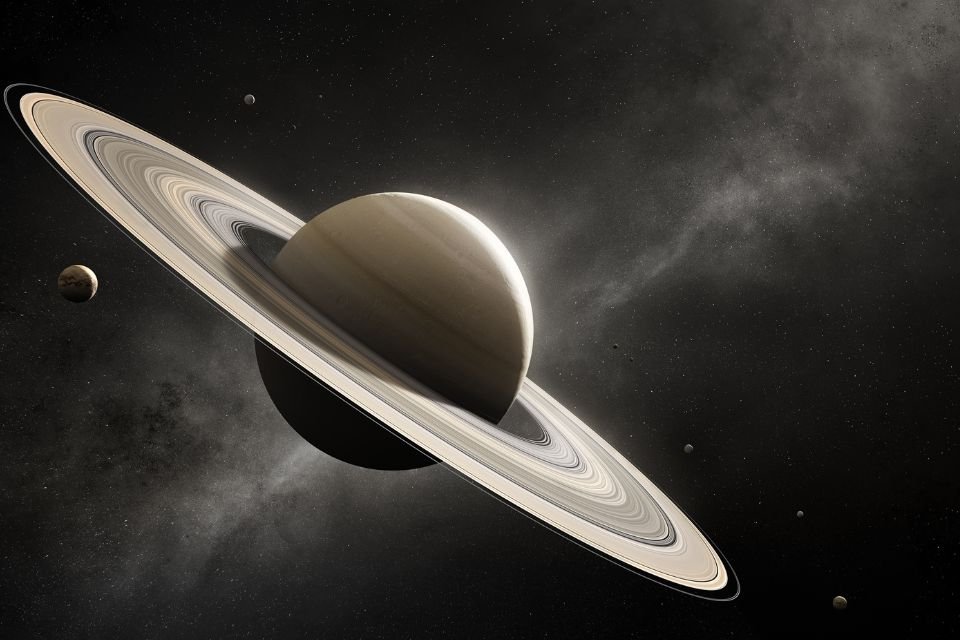According to a study published in the scientific journal Science Advances, Saturn suffers from major storms every 20 to 30 years.. Scientists at the University of California and the University of Michigan in the United States say the storms were so powerful that they left evidence of chemical elements on the gas giant’s surface almost three decades after the original event.
To reach the conclusion, scientists used Radio emission data collected by the Very Large Array Observatory (VLA) in New Mexico, however, still failed to understand the factors causing the recurring phenomenon.. Storms are similar to hurricanes that originate on planet Earth, but much more aggressive.
According to researchers, the data detected an anomaly in the concentration of ammonia in the planet’s atmosphere; a phenomenon that may be related to this event. Saturn’s first ‘megastorm’ was detected in 2010, and about 12 weeks later, the Cassini probe photographed an image showing a massive storm on the gaseous planet’s surface.
“Understanding the mechanisms of the largest storms in the solar system lays out the hurricane theory. [na Terra] “In a broader cosmic context, it challenges our current knowledge and pushes the boundaries of terrestrial meteorology.”
Saturn and mega storms
The data, referring to radio emissions detected at different atmospheric altitudes, show that the planet is experiencing prolonged interruptions in ammonia emissions. Therefore, researchers I believe there is a link with ‘megastorms’.
The ammonia distribution is uneven at different altitudes in Saturn’s atmosphere; Scientists suggest that ammonia was probably transported from the upper atmosphere to the lower atmosphere by precipitation and re-evaporation. The data also indicate that storms have occurred since 1876, or even earlier.
In any case, it’s important to note that the study could not confirm the origin of the storms. Researchers believe that further research on Saturn could help understand similar processes occurring on other planets.
“As chemical reactions and dynamics change the composition of a planet’s atmosphere, observations below these cloud layers are needed to constrain the actual atmospheric composition of the planet, which is an important parameter for planet formation models. University of Berkeley Professor Imke de Pater said, “Radio observations of giant planets at global and local scales “It helps characterize dynamic, physical and chemical processes in their atmospheres, including heat transfer, cloud formation and convection.”
Did you like the content? So, follow the latest science news here Learn how TecMundo and the James Webb Telescope discovered a large geyser eruption on Saturn’s moon.
Source: Tec Mundo
I’m Blaine Morgan, an experienced journalist and writer with over 8 years of experience in the tech industry. My expertise lies in writing about technology news and trends, covering everything from cutting-edge gadgets to emerging software developments. I’ve written for several leading publications including Gadget Onus where I am an author.













